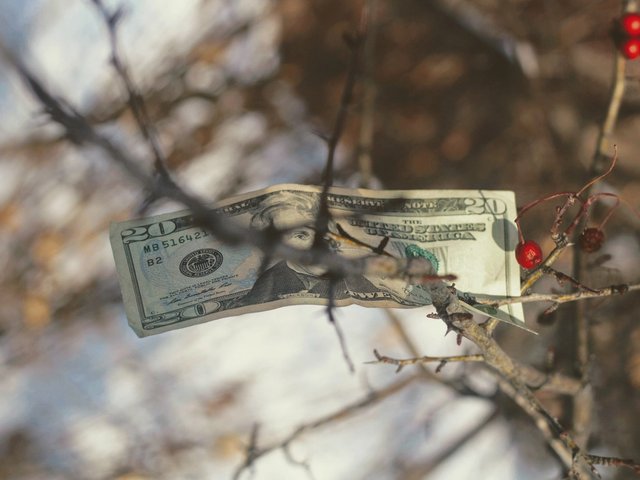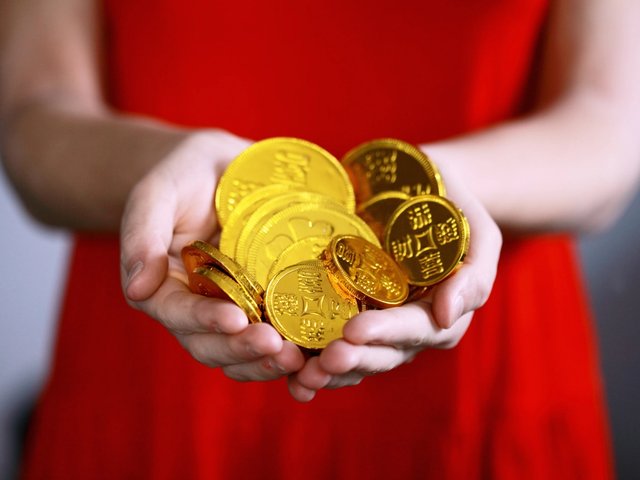A recently released study by the US Treasury Department, triggered by concerns that money laundering in the art market could fund terror organisations, found that the booming NFT (non-fungible token) market could be a target for criminals wanting to scrub ill-gained funds into shiny clean legitimacy.
The NFT market, according to the report, generated $1.5bn in trading in the first three months of 2021 and grew 2,627% over the previous quarter. But despite the possibility of money laundering in both the blockchain-based and traditional art markets, the Treasury came down against enacting new regulations on the art market and suggested focusing instead on root causes and vulnerabilities.
“As we tackle systemic challenges like corporate transparency and other loopholes that allow criminals to abuse the US financial system, we will look at what else might be needed to address money laundering risks specific to other industries, including the art industry,” Scott Rembrandt, the deputy assistant secretary for strategic policy in the Office of Terrorist Financing and Financial Crimes, says in a statement.
NFTs present a particular problem for the regulators. Unlike traditional works, there is an ease to transferring ownership of an NFT: there are no geographical boundaries, the transfer is instant and can happen without the potential regulatory or financial cost of buying or selling a physical object. The Treasury Department also flagged the possibility of criminals self-laundering money by purchasing an NFT, then passing it along to themselves with different digital accounts to create a record of sales on the blockchain before selling it to an unsuspecting buyer and coming out clean on the other end.
The study recognises the regulatory difficulty in the digital market due purely to the nature of NFT platforms, which all differ in structure, ownership models, operations, standards and due diligence protocols. So-called smart contracts, which, according to the study, can be used to generate revenue each time a transaction happens on the blockchain, also open up vulnerabilities in the NFT market because “the incentive to transact can potentially be higher than the incentive to verify the identity of the buyer of the work, or even can create a situation where it is not possible to conduct due diligence if transactions are conducted in rapid succession”.
“There are a lot of issues surrounding NFTs which probably raised concerns, mostly because this market is so new and not many people fully understand it, especially the regulators,” says Peter Tompa, the executive director of the Global Heritage Alliance, an advocacy organisation that lobbied on anti-money laundering (AML) regulations in Washington, DC. “It may be a situation where there will be regulation of sales of NFTs specifically as opposed to the general art market, especially if it doesn’t go through the normal channels where you can tell who is buying and selling.”
While the study did find there was a risk of money laundering in the upper echelons of the traditional art market, there was little evidence that there were connections to money laundering in the market and the financing of terror organisations, a fear that sparked the study in 2020 and led to legislation that enhanced regulation of the antiquities trade.
The report ultimately found that galleries and auction houses have enough incentive to collect information on those active in the art market and, for now, do not need to be burdened by increased regulation. The Art Dealers Association of America (ADAA), which represents almost 190 galleries in 30 US cities, applauded the Treasury Department’s recommendations.
“There is not evidence of sufficient money laundering risk in the art market to justify subjecting art dealers to new regulations under the Bank Secrecy Act (BSA) when compared to other much larger industries that are also not currently subject to the BSA,” a spokesperson for the organisation said in a statement. “This conclusion is supported by the report’s finding that small-and medium-sized galleries are not effective vehicles for money laundering. The ADAA is grateful that the government took the time and care to study this issue further before considering new regulations that could have a pronounced impact on galleries, which are largely small businesses.”
Among the recommendations made in the study are increased information-sharing programmes to bolster transparency in the market, updating guidance and training for law enforcement, customs enforcement, and asset recovery agencies, and applying anti-money laundering and countering the financing of terrorism regulations to specific market players who are not subject to the Bank Secrecy Act, like financial institutions that use art as collateral.




